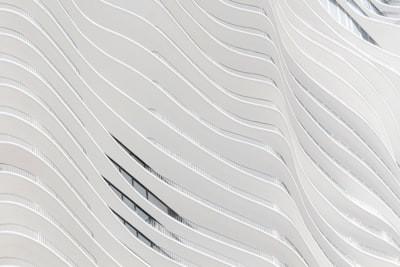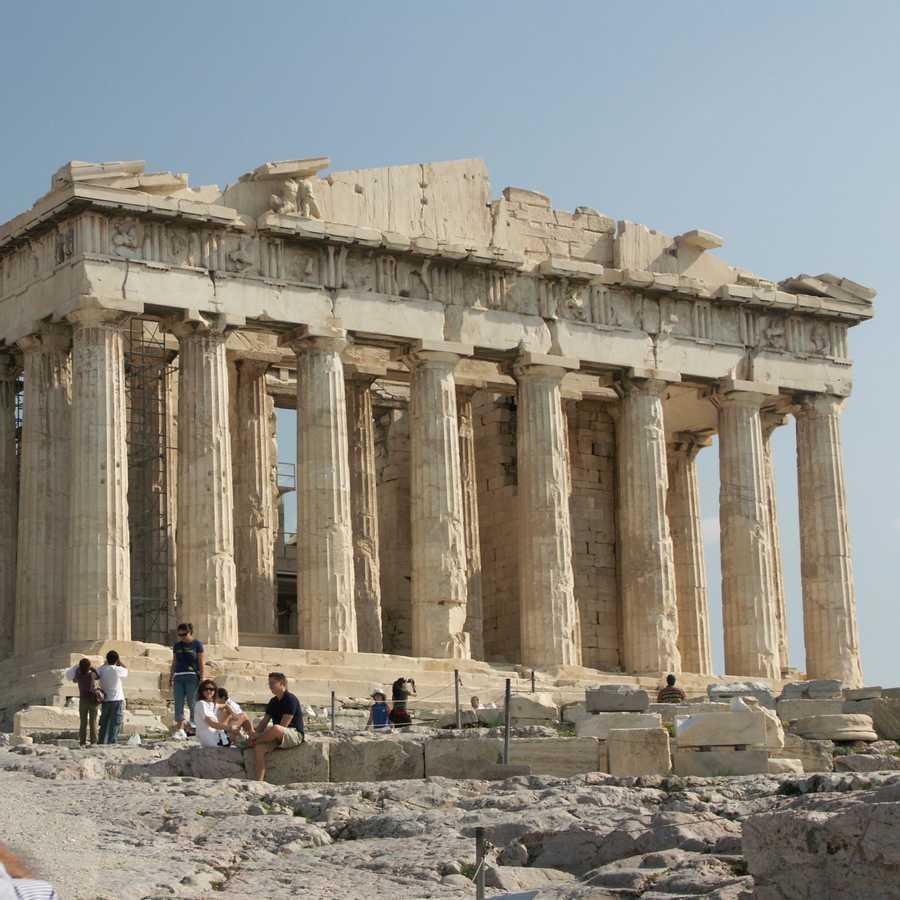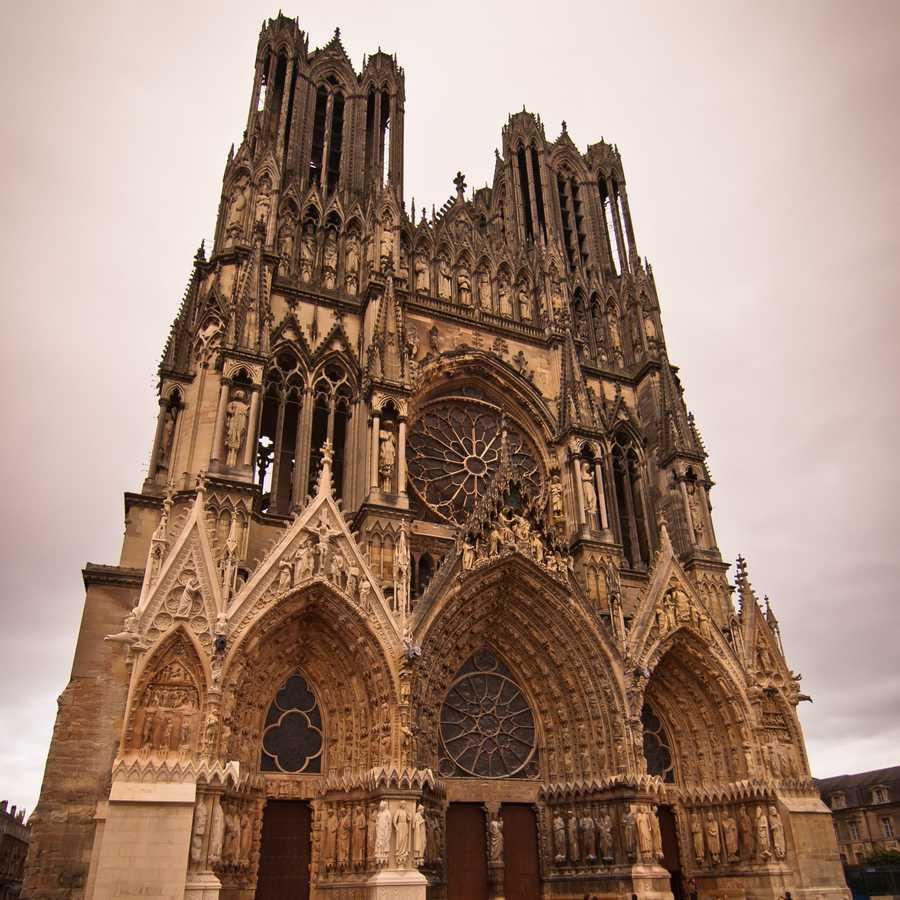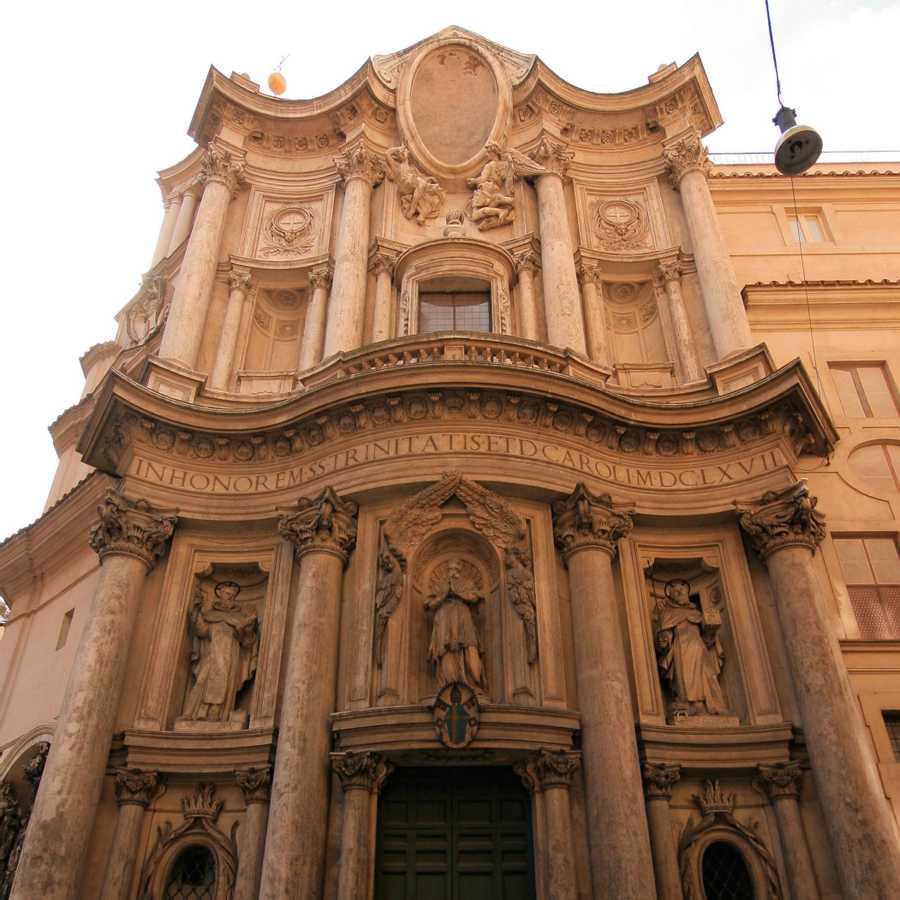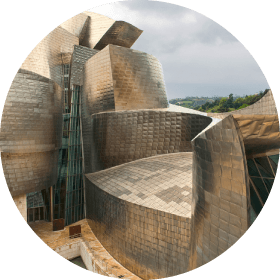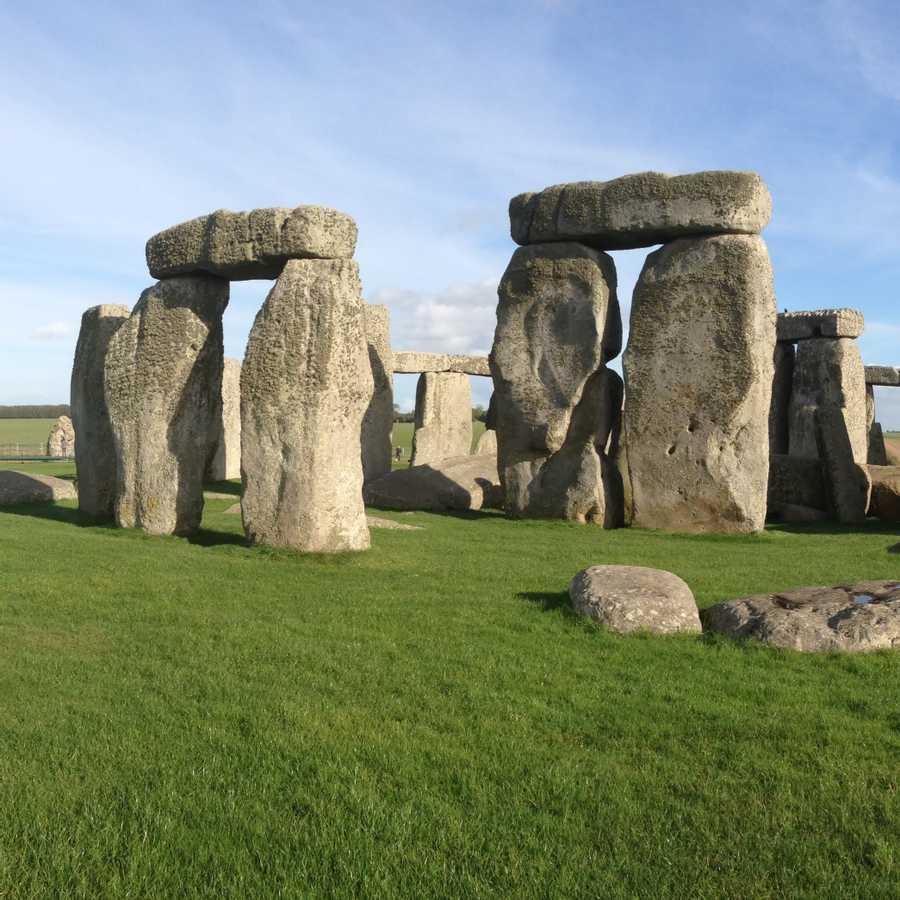Learn more about artsandculture with this collection
Different Easter traditions around the world
The significance of Easter eggs and bunnies in modern culture
The importance of the holiday in the Christian faith
The classical era
Order and proportion, with some embellishment
The Classical period refined proportions and hierarchies. It introduced clearly divided sections that served different purposes.
The mediums (stone, pixel) were also stylized to mimic prior materials: the stone triglyphs represented wooden beams, just as the 3D buttons represented physical buttons.
3
12 reads
Romanesque architecture
Thicker forms and rounder edges
The Romanesque period softened the edges but also thickened the walls and dividers — and menus, and buttons — to produce bulkier, heavier, more clickable forms.
3
6 reads
Gothic
Ornate and mesmerizing
Gothic architecture transformed stone into gravity-defying spectacles.
CSS and Flash were the stained glass of web design. Once the fundamentals were in place, we started pushing materials beyond their reasonable limits. The early Flash and CSS sites amazed us with pixels.
3
4 reads
Renaissance art
Clean, logical, and precise
Renaissance architecture called for a return to Classical logic. Simple geometric forms replaced ornate complexity. Designs became cleaner.
It’s magical how alike the recent “flat design ” movement is to the Renaissance.
3
9 reads
Baroque
Twisting all the rules
Being logical and precise is entertaining for only so long. Eventually, we’ll just start breaking rules. In architecture that meant breaking Classic elements and twisting them into complex forms. Baroque designs were emotional and theatric.
3
5 reads
Neoclassical
Harkening back to the past
Everything eventually comes full circle. Once we progress enough, we start to glorify our Classical beginnings and go full retro.
Neoclassical web design is a ways ahead. The old Yahoo website still looks so wanting to us, not sacred. But in a few year's time, it’ll be cool again.
3
3 reads
After neo-something, things will get weird
After neoclassical, It will likely be some kind of Neoromanesque or Neogothic. Something Neo. Art continually repeats itself in the form of revivals.
Eventually, new technology and a new worldview will change everything to such an extent that we can’t even imagine it today.
3
3 reads
Western architecture and web design
Western architecture can teach us about the evolution of web design. They are both forms of art, and both progressed similarly, building on the past and reacting to it.
The following factors define both.
- They both serve as places where other people visit.
- They're engineered to do a practical job.
- The evolution of technology limits this engineering.
- They're still art.
3
2 reads
Neolithic
Simple, limited structures define this era. It was quite something to get the structures in place.
The World Wide Web also started off as a very simple structure.
3
4 reads
IDEAS CURATED BY
Other curated ideas on this topic:
11 ideas
Great architecture of the world - Architecturechat
architecturechat.com
6 ideas
A Look Back at 30+ Years of Website Design
blog.hubspot.com
11 ideas
Read & Learn
20x Faster
without
deepstash
with
deepstash
with
deepstash
Personalized microlearning
—
100+ Learning Journeys
—
Access to 200,000+ ideas
—
Access to the mobile app
—
Unlimited idea saving
—
—
Unlimited history
—
—
Unlimited listening to ideas
—
—
Downloading & offline access
—
—
Supercharge your mind with one idea per day
Enter your email and spend 1 minute every day to learn something new.
I agree to receive email updates
